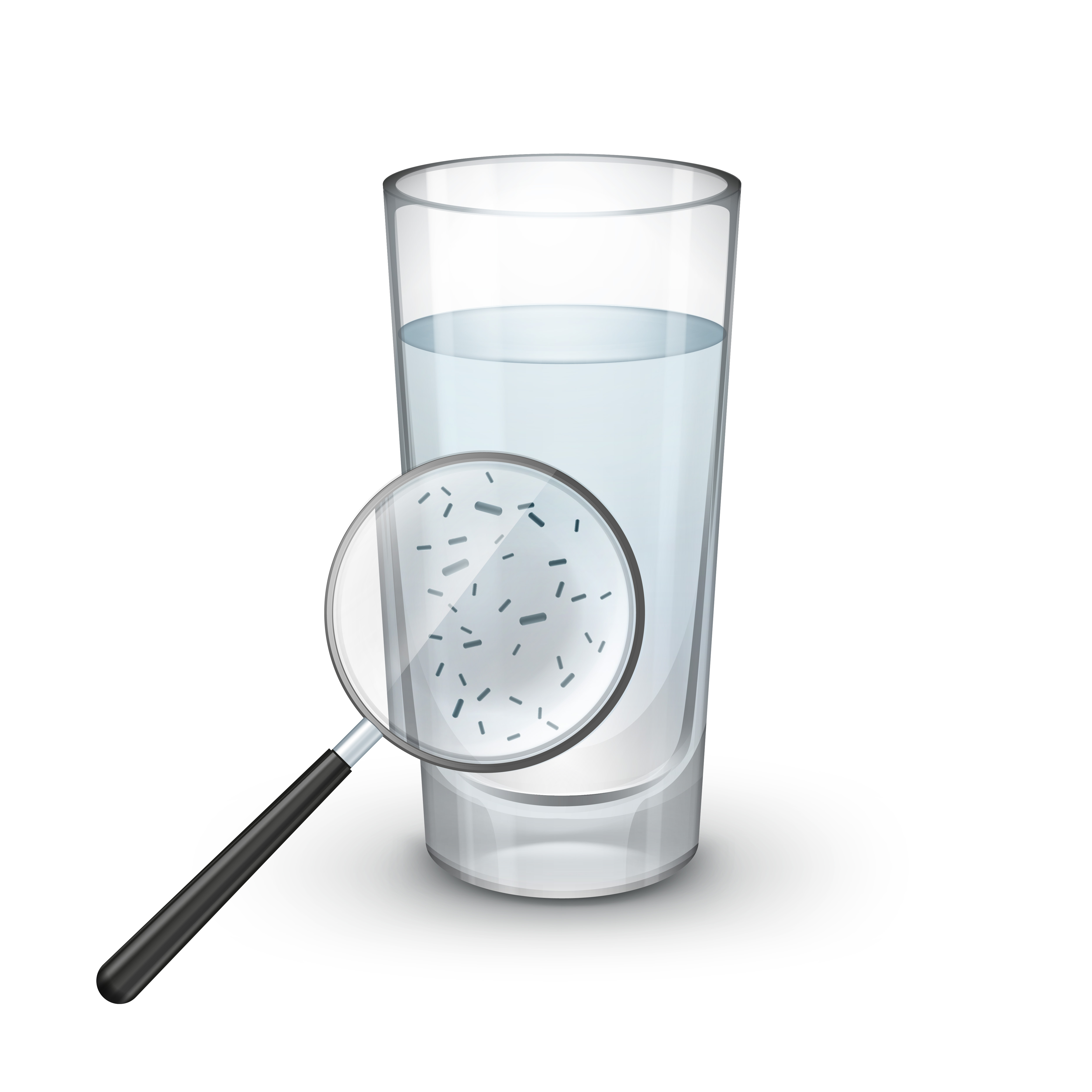The environment can prepare the ground for diseases or it can be a direct cause of disease. Environmental health practices achieve success as a result of the coordinated work of many professional groups. Although the measures to be taken for the protection of the environment are initially perceived as expensive but when the negative material and moral effects of pollution are considered, it is understood that these investment expenditures are not as expensive as expected. Environmental health covers the correction of all conditions in the environment that are harmful to human health. The most important feature of environmental health is that it causes epidemics that can affect the masses of people very quickly.

Environment is defined as all external factors that directly or indirectly affect the life and development of a living organism. These external factors can create some positive and negative effects. In terms of health, we examine the environment in three groups: physical, biological and sociocultural environment. Drinking and tap water, liquid and solid wastes, residences, indoor and outdoor air, lighting, ionizing radiation, noise and climatic conditions affect are physical environment; plants, animals and microorganisms are biological environment; population, family and relatives, social classes, religion, culture and economic components constitute the sociocultural environment.
Ecological damages caused by humans and disrupting the natural balance in ecosystems are defined as environmental pollution. Each of the incidents of intense mixing of foreign substances with air, water and soil, which adversely affect the health of all living things, cause material damage to inanimate environmental assets and deteriorate their qualities and cause environmental pollution. We can summarize the types of environmental pollution as: 1-Air pollution 2-Water pollution 3-Soil pollution 4-Noise pollution 5-Radioactive pollution.

Provision of drinking and tap water, removal of waste, outdoor air pollution, residences, indoor air pollution, radiation, lighting, noise, electromagnetic field pollution, climate change, and pesticides are the topics included in environmental health. And each one is effective in health of the individual and community.
Environment and Human Interaction
Human health is mainly affected by genetic and environmental factors. In other words, it is possible to group the cause of the disease as genetic and environmental factors. We collect environmental causes in six groups:
*Physical causes: heat, cold, rays and traumas.
*Chemical causes: Poisons, carcinogens, drugs.
*Biological causes: Microorganisms, parasites, fungi.
*Psychological factors: Stress.
*Nutrition disorders: Excessive, insufficient, unbalanced nutrition.
*Social, cultural and economic reasons.
 Physics Environment
Water:
Physics Environment
Water: It is one of the three basic human needs (water, air, food). People use whatever water they can find. In order for water to be drinkable and used, it must be suitable in terms of physical (clear, odorless), chemical (free of ammonia, nitrite, organic substances) and biological (free of microorganisms).
Wastes: The elimination of garbage in cities, garbage and manure in villages is an important health problem in terms of odor, ugly appearance and vector reproduction. Collected garbage should be disposed of by making it harmless in a place away from the residential area.
Residence: One of the basic needs of people is residences. Residence is a need for human safety and protection from external factors. In addition to the benefits they provide, residences can be harmful to health if the sanitary conditions are inadequate.
Sewage: Disposal of toilet and wastewater into lakes, rivers or seas after rendering them harmless is very important in preventing diseases transmitted by water and food.
 Air Pollution:
Air Pollution: Air pollution is mentioned, the pollution of open air in cities. The harm of air pollution to health comes from substances that can cause cancer, such as SO2, CO, benzene, soot and particulates. Air pollution is difficult and expensive to prevent. The definitive solution is to use smokeless fuels such as electrical energy and natural gas in homes and industries. Establishing industrial facilities away from the city center, increasing green areas, central heating, reducing the exhaust gases of vehicles are some of the measures that can be taken against air pollution.
Chemical Pollution: Chemical pollution of water, nutrients and soil is one of the most important environmental problems of our time. It will become an even more important problem as the world population increases and industrialization develops. The harmful effects of chemicals can be mutagenic, teratogenic and carcinogenic effects as well as acute and chronic poisoning.
Rays: The negative effects of non-ionizing rays on health are limited. Their effects are on the eyes and skin. Radiation is important because it causes various cancers and diseases.
Food Control: Foodstuffs should be well controlled and inspected in the periods from where they are produced to consumption. Otherwise, it will lead to many negative consequences on individual and public health.
Reference
https://cdn-acikogretim.istanbul.edu.tr/auzefcontent/20_21_Guz/halk_sagligi/6/index.html#ek_kaynaklar

 Environment is defined as all external factors that directly or indirectly affect the life and development of a living organism. These external factors can create some positive and negative effects. In terms of health, we examine the environment in three groups: physical, biological and sociocultural environment. Drinking and tap water, liquid and solid wastes, residences, indoor and outdoor air, lighting, ionizing radiation, noise and climatic conditions affect are physical environment; plants, animals and microorganisms are biological environment; population, family and relatives, social classes, religion, culture and economic components constitute the sociocultural environment.
Environment is defined as all external factors that directly or indirectly affect the life and development of a living organism. These external factors can create some positive and negative effects. In terms of health, we examine the environment in three groups: physical, biological and sociocultural environment. Drinking and tap water, liquid and solid wastes, residences, indoor and outdoor air, lighting, ionizing radiation, noise and climatic conditions affect are physical environment; plants, animals and microorganisms are biological environment; population, family and relatives, social classes, religion, culture and economic components constitute the sociocultural environment. Provision of drinking and tap water, removal of waste, outdoor air pollution, residences, indoor air pollution, radiation, lighting, noise, electromagnetic field pollution, climate change, and pesticides are the topics included in environmental health. And each one is effective in health of the individual and community.
Provision of drinking and tap water, removal of waste, outdoor air pollution, residences, indoor air pollution, radiation, lighting, noise, electromagnetic field pollution, climate change, and pesticides are the topics included in environmental health. And each one is effective in health of the individual and community. Physics Environment
Physics Environment Air Pollution: Air pollution is mentioned, the pollution of open air in cities. The harm of air pollution to health comes from substances that can cause cancer, such as SO2, CO, benzene, soot and particulates. Air pollution is difficult and expensive to prevent. The definitive solution is to use smokeless fuels such as electrical energy and natural gas in homes and industries. Establishing industrial facilities away from the city center, increasing green areas, central heating, reducing the exhaust gases of vehicles are some of the measures that can be taken against air pollution.
Air Pollution: Air pollution is mentioned, the pollution of open air in cities. The harm of air pollution to health comes from substances that can cause cancer, such as SO2, CO, benzene, soot and particulates. Air pollution is difficult and expensive to prevent. The definitive solution is to use smokeless fuels such as electrical energy and natural gas in homes and industries. Establishing industrial facilities away from the city center, increasing green areas, central heating, reducing the exhaust gases of vehicles are some of the measures that can be taken against air pollution.